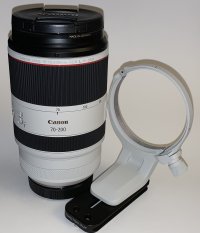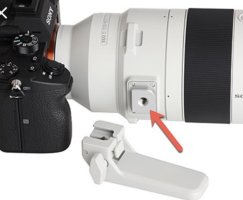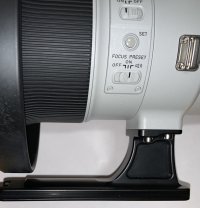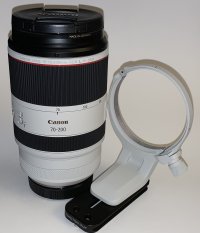justaCanonuser
Grab your camera, go out and shoot!
I cite Lensrental's take on the original OSS version:I hope for Sony users that this one is fantastic. It’s predecessor is quite abysmal by all accounts.
---
Joey's Take
Senior Photo TechThis is the top of the line 70-200 for Sony, but it’s unfortunately a little lackluster compared to other brands. If you absolutely need f/2.8, for sports and such, this is still your best option since native lenses always focus better than adapted lenses. Just don’t expect the same optical quality as the Canon 70-200mm f/2.8L IS II or Nikon 70-200mm f/2.8E FL ED AF-S VR. There’s a lot of copy-to-copy variation, too. Just something to be aware of.
---
Now back to my own take: Lensrentals had also problems with bend lenses returning from customers and found out, that its too quite heavy parts were connected with a flimsy soft aluminum plate:
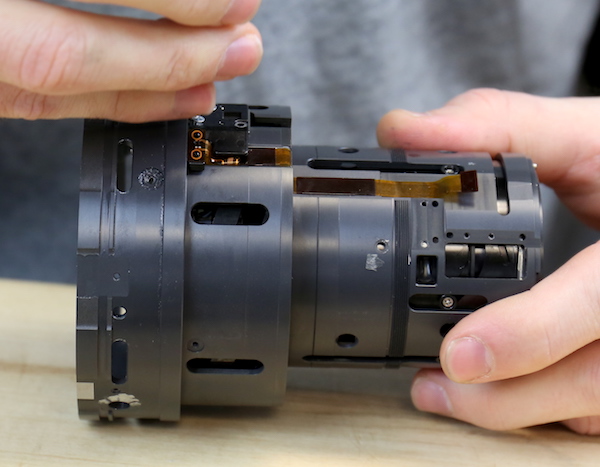
Completing the Teardown of the Sony FE 70-200 f/2.8 GM OSS: Part II
You probably shouldn't read this article unless you've at least skimmed through Part 1. To summarize, we had a Sony FE 70-200mm f/2.8 GM OSS lens that had been dropped and no longer would focus. We tore it down both to see if we could repair it and to see what-all was up inside there. In the [...]
www.lensrentals.com
Unbelievable, an over-engineered lens with such weak spots! So, we hope for Sony users that the new version will be a really professional tool that is technically and mechanically up to its premium price.
Upvote
0

